Streptocarpus (Also Known as Cape Primrose) and Why I Recommend Growing These Houseplants
Streptocarpus are easy to grow, low-maintenance, and burst into an abundance of colorful blooms
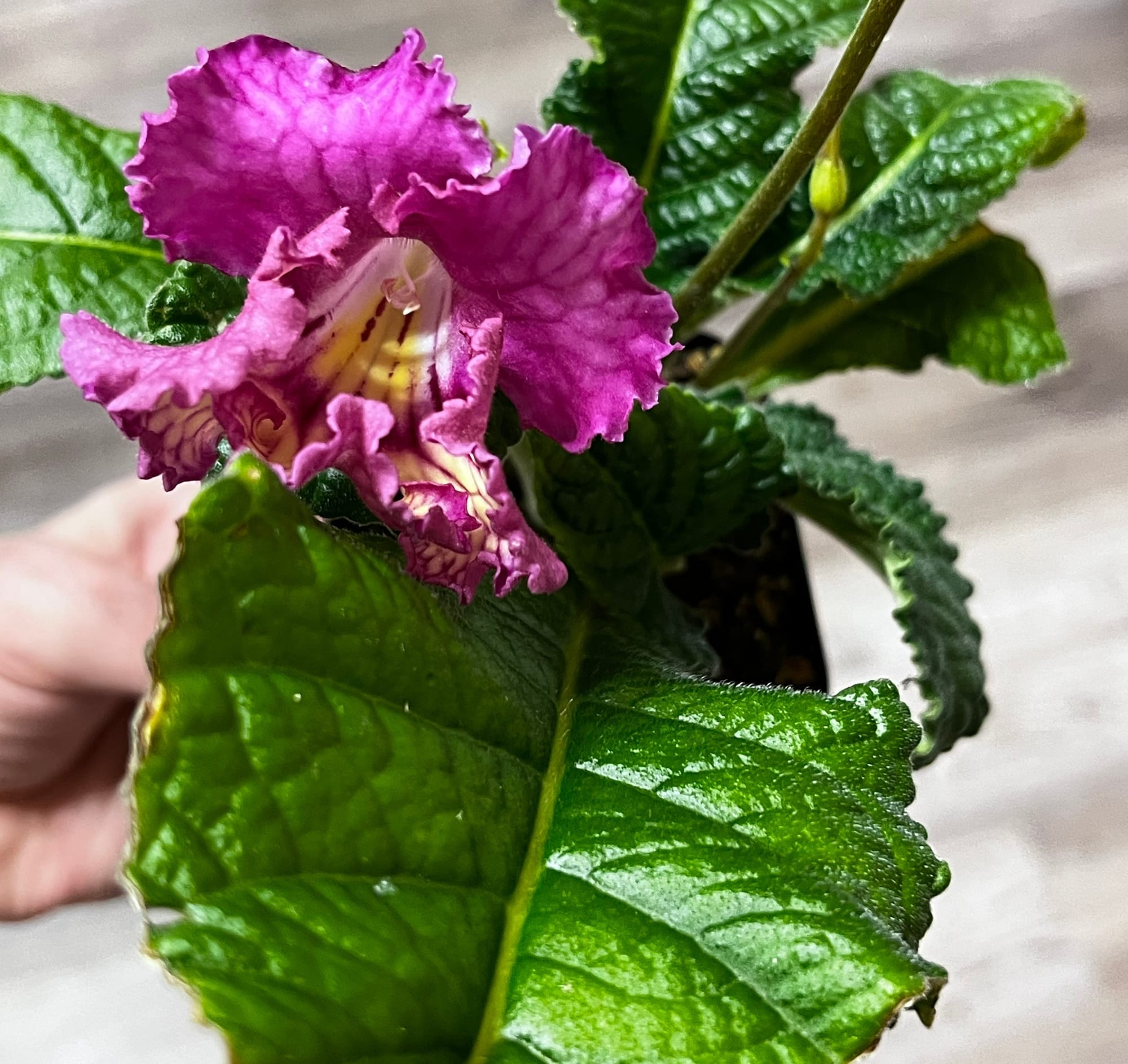


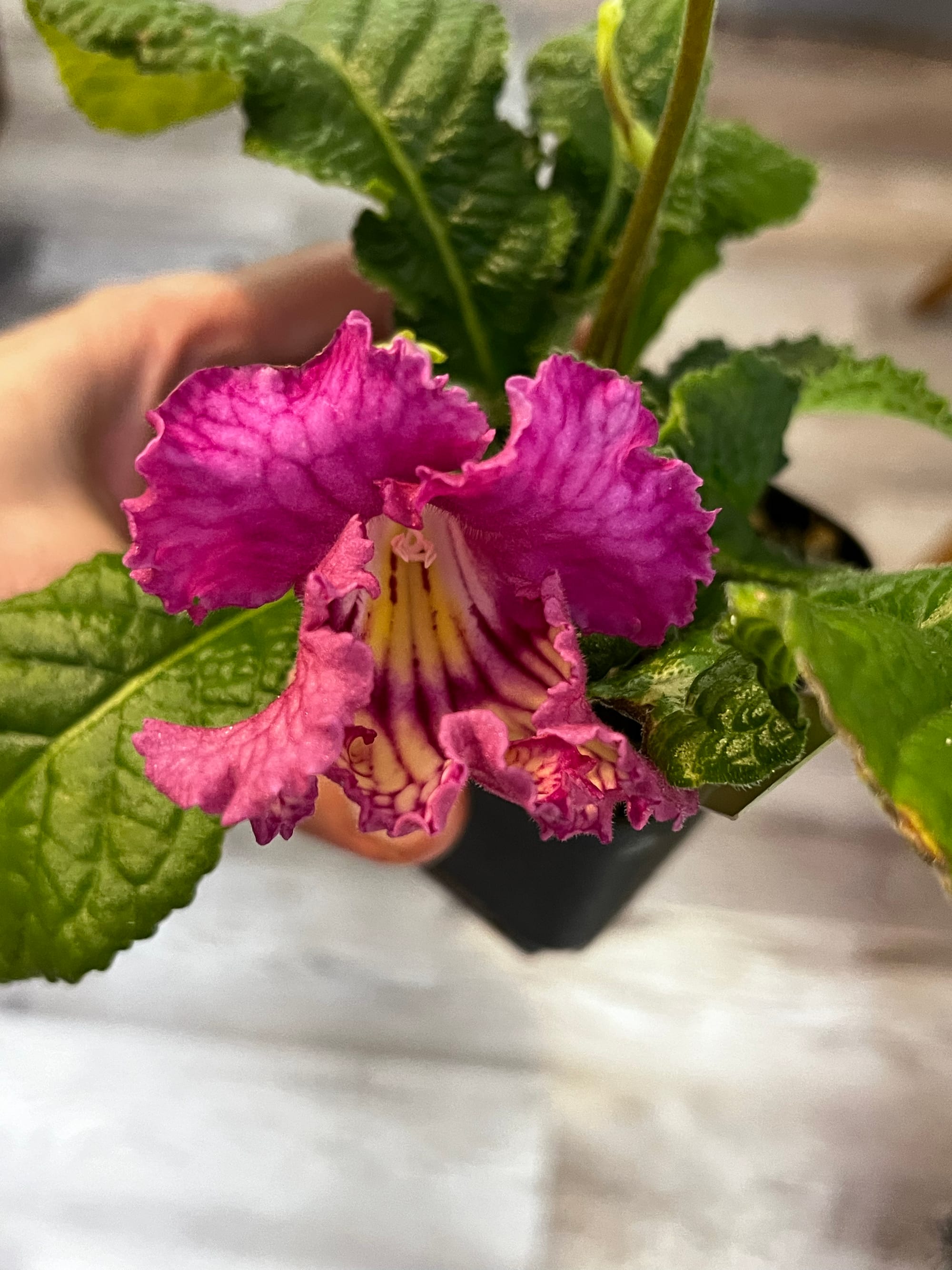

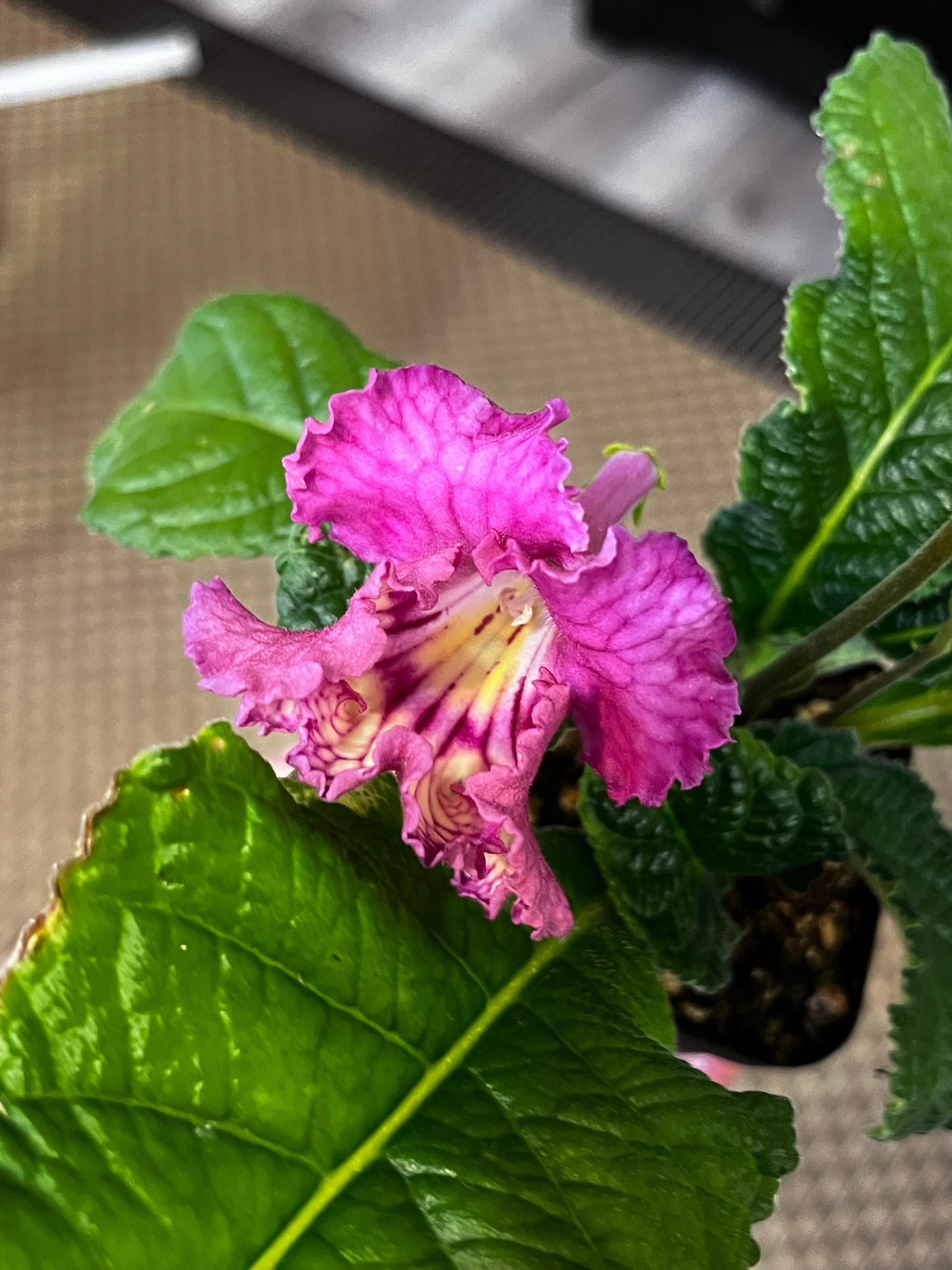
A couple years ago, a friend of mine recommended streptocarpus. I had literally never heard of it before. What I learned is that most of the people who grow streptocarpus discover this plant because they raise African violets. Within the African violet community, they are fairly well known as a plant relative. If you find yourself at an African violet club or convention, you might see these. And when you talk to people who are really into plants, they often use the more scientific name rather than the common name. So from the start, I just called these plants "streptocarpus" unaware that they were also called "cape primrose." I did make the connection soon, but filed it away in my memory and kept going along referring to them as streptocarpus.
The first collection of "streps" I kept blew me away. They seemingly bloomed nonstop under a few shop lights. However, after a couple months the weather changed and I switched from summer heat and air conditioning, to winter cool and heating. Since I lived in New Mexico at the time, I suspect the dry air became extra dry once warm air was blowing through the house. And they all died quickly before I understood what happened. When I moved to Missouri, where it's quite humid, I built up my strep plant collection once again. So far, I haven't had the same issues here. For the most part, these are easy to take care of and more difficult to kill than a lot of houseplants. If you can understand a few basics on the watering, soil and lighting, you can probably figure out how to grow them.
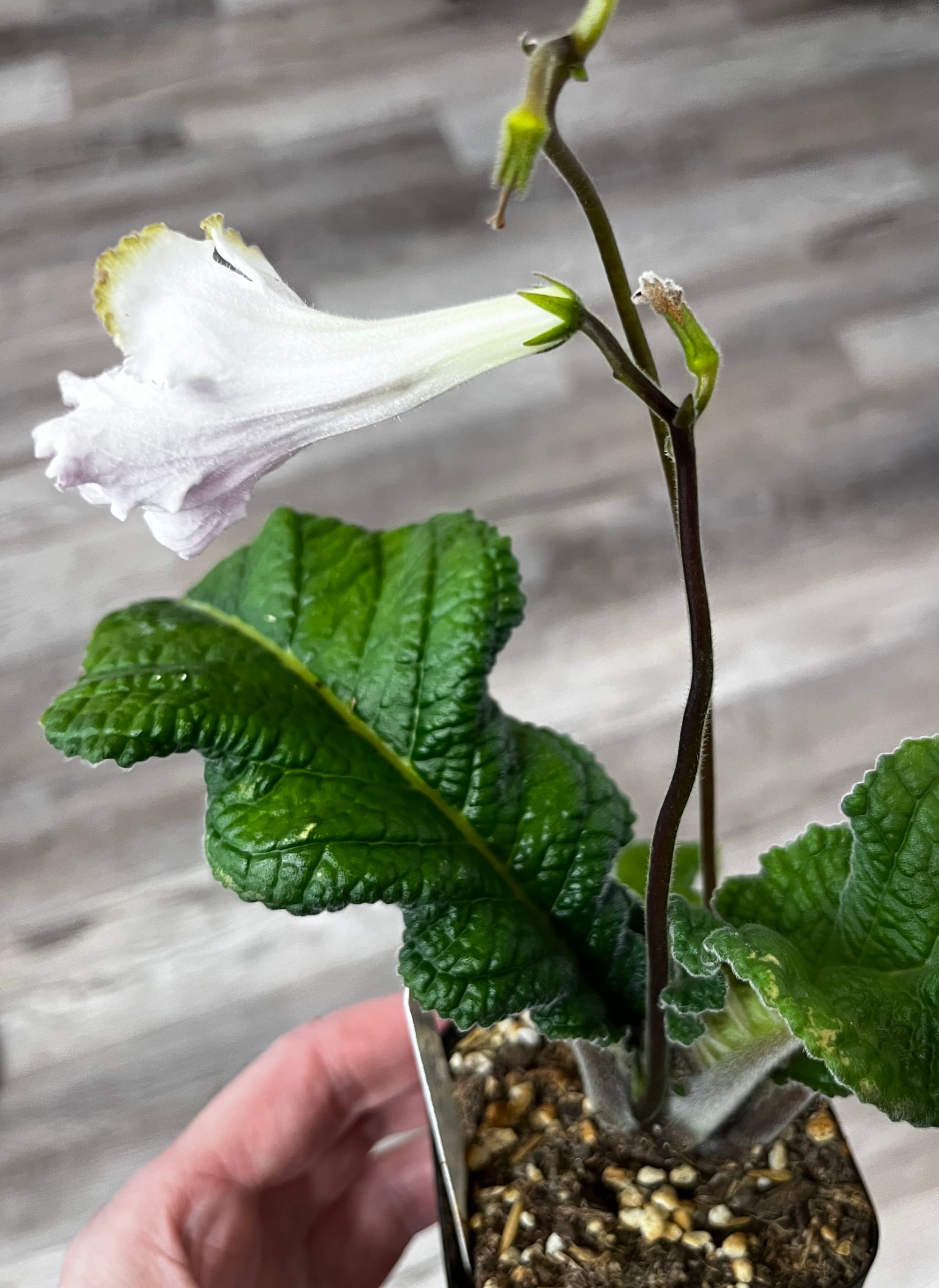
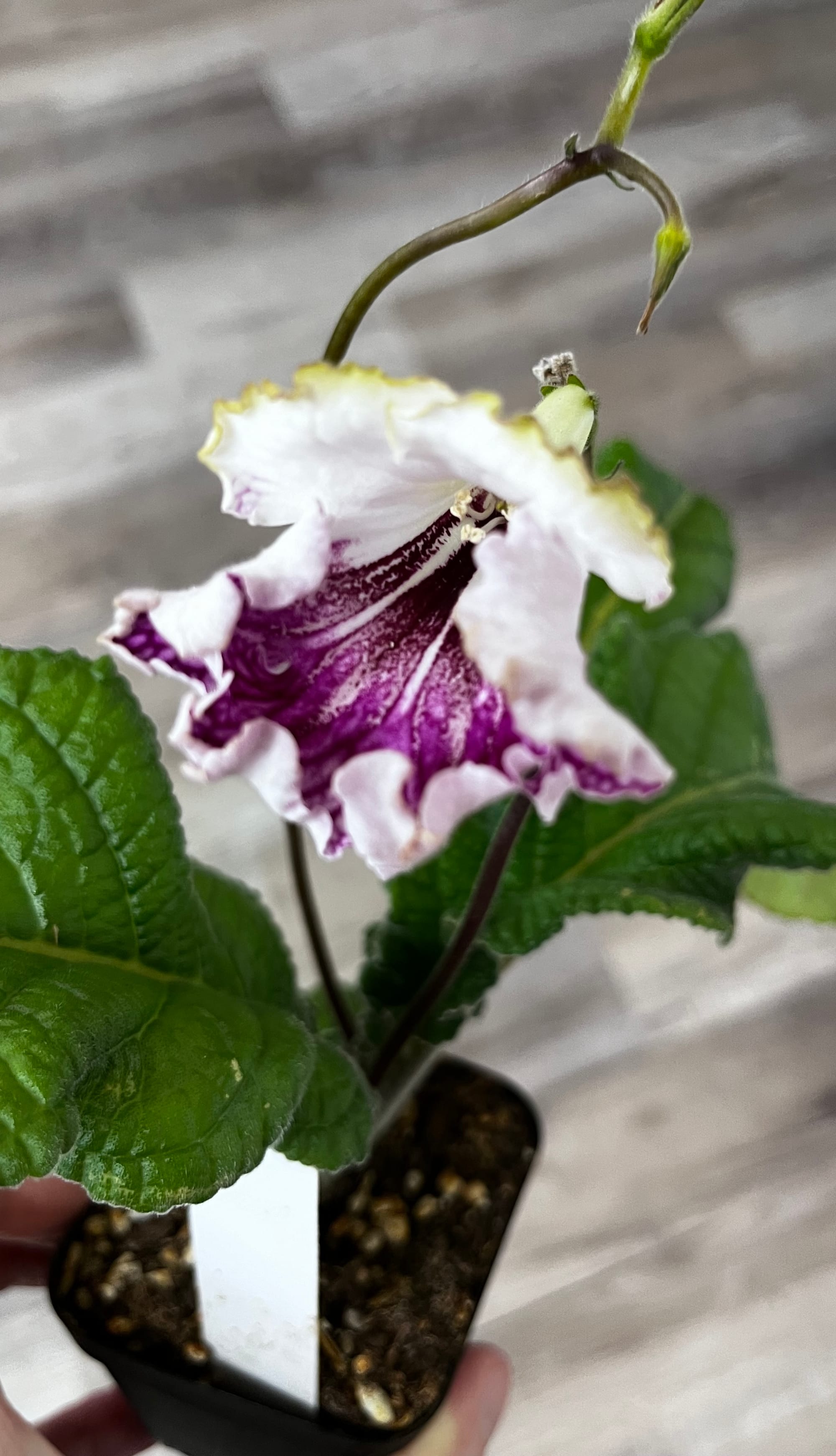
Let me tell you some other reasons I really love streps. They have flowers that often remind me of orchids, but without all the fussiness. A full range of dramatic colors, petal patterns and bloom shapes. Another unique thing I love about strep flowers is that they are presented on "fishing poles" like lanterns. These flowers are almost designed to be the perfect flower. I really don't know why these aren't as popular as pelargoniums and African violets quite honestly. If you have a few of these plants, one will almost certainly be in bloom at any time.
One of the annoying things about being an outdoor gardener is the downtime. Unless you live in a warm climate, you can only garden outside so much. Depending on what you're growing of course. It can be especially problematic if you only grow a few types of flowers, they hit their bloom season, and you're done for the year. And every year can bring unexpected weather. You think things are going to be great, and then it rains every day for three months (like what happened this year). Then you try again next year and hope for the best. It can be such a letdown to lose a growing season.
I decided I wanted to be able to garden all the time, which is why I started keeping flowering plants like streps indoors. You will have the typical problems, but you can have better control over things like weather. Then while I'm waiting for spectacular roses, dahlias and daylilies to bloom, I'm enjoying streptocarpus indoors all the time.
One downside with streptocarpus is that you pretty much have to buy them online and have them shipped to you. I've never seen them in any store or greenhouse. Though I'm often seeing the related African violets in stores. Even if the selection is very limited. But don't let that bother you. This allows you to locate more specific varieties suited to your personal taste. Once you have them, you can propagate more or even grow them from seeds from crossing between your streps. While you can buy these on places like Etsy and eBay, if you're a beginner, I would probably recommend buying them all from the same reputable business. This will help you grow them without having to take a chance on dealing with a possible pest issue. Which could frustrate you if you're new to indoor plants.
Generally, greenhouses that sell African violets are good places to locate streps. You likely won't find a business that only sells streps, unless it's a seller on Etsy or eBay. They just aren't that popular yet.
I should also mention that you can find strep seeds for sale online. Even though the seeds are extremely small, many people should be able to plant them and successfully grow this way. Of course, you generally won't get the same flower from seeds as the plant you took the seed from. You will get something different. Depending on how picky you are, you might love most of these seedlings. Or you might find a few you really like, and toss or give away the rest.
I think one reason many people don't end up getting more into streps is because the leaves can grow rather large and wide. This can cut into your available space for other things. The leaves can be trimmed back though. And you might even be able to get a new plant from the trimmings of your leaves. Propagation is covered more thoroughly elsewhere on the internet, so I won't get into that today. African violets tend to grow leaves more neatly in a shape that fits into a pot, including the placement of the flowers. Streps are less symmetrical.
Some of the color combinations and patterns on these blooms are like nothing you normally see. Especially some of the stained glass window colors, splashes and patterns. Or even just basic, vibrant solid colors. It's almost astounding how many flowers some varieties of streps can have in bloom at one time. They really "produce."
They can be placed under grow lights, shop lights, or in a window getting indirect sunlight. If you have enough space for a pot, you can probably grow a strep.
© Copyright Terry Aley
The Aley Acres seed shop on Etsy.
Dahlias, Notes from a Gardener book on Amazon.
Floral Art and Landscape Painting Etsy shop.
TikTok, some gardening posts.
